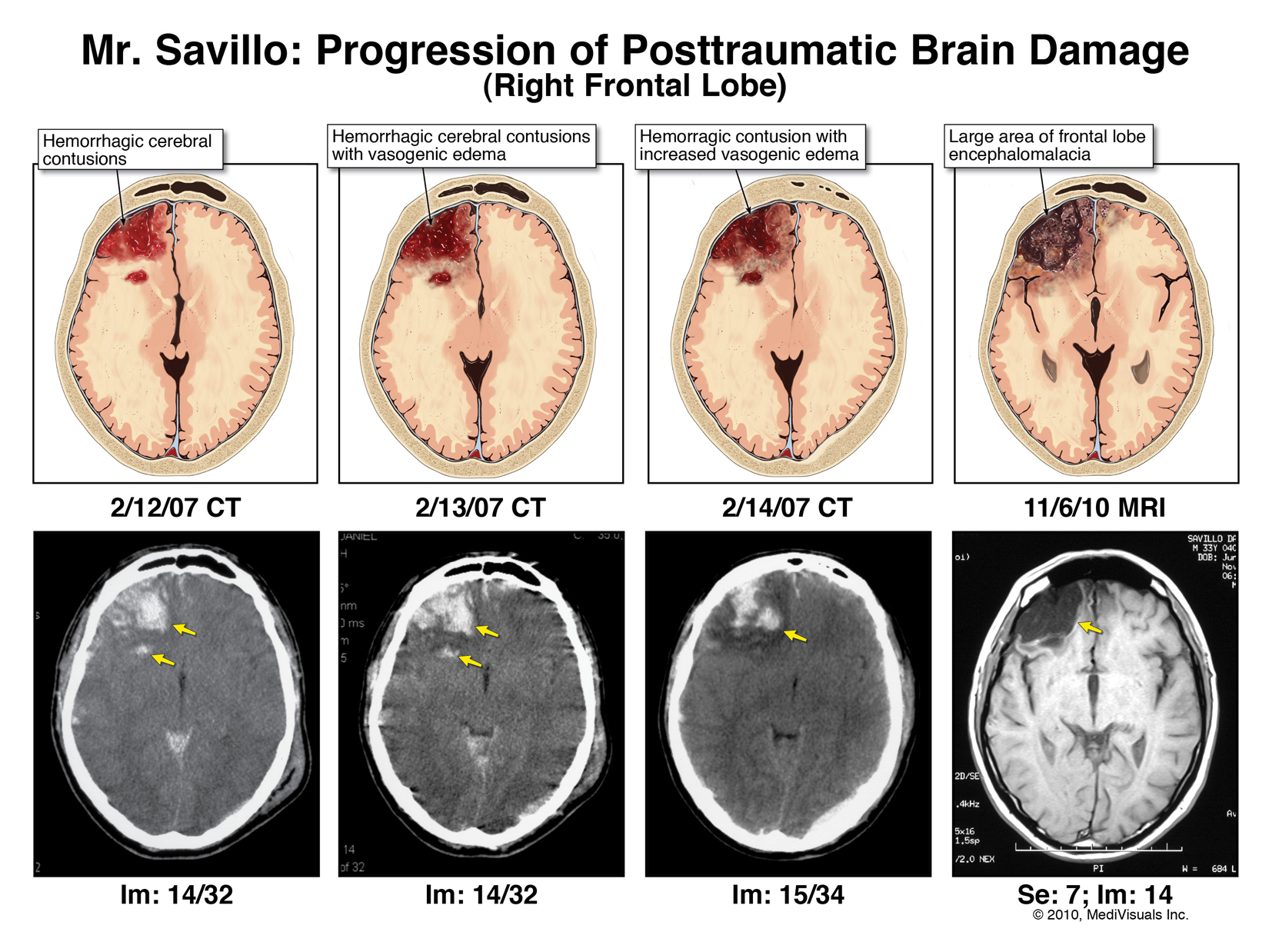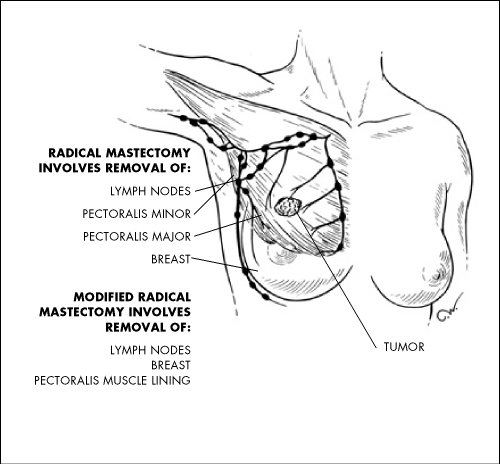Yesterday I covered the extraordinary case of a New York appellate court upholding a punitive damage award against a doctor. The doctor, it seems, thought it would be a great idea to destroy evidence after a six-year-child she was caring for died.
This was extraordinary because it was the first time we allowed punitive damages for the spoliation of evidence that was designed to evade liability — as opposed to punitive damages for the conduct that actually caused the injury.
But in doing the analysis of “how much is too much” that comes with punitive damage awards, the Appellate Division (Second Department) cited some dicta from a United States Supreme Court decision that doesn’t actually stand for the proposition for which the New York court was using it.
In the case I wrote about yesterday, Gomez v. Cabatic, there was a punitive damage award of $7.5M. The trial court reduced this as excessive to $1.2M. (New York courts don’t actually reduce big awards or increase small awards, but rather, orders new trials unless the party will accept $x instead.)
From there the appellate court further reduced the award to $500K. (The underlying verdict for medical malpractice and wrongful death was $400,000 in pain and suffering and $100,000 in monetary loss.) The court used a 1:1 ratio of punitive:compensatory.
There were three guideposts that the US Supreme Court used to evaluate the question of how much is constitutional from a due process perspective (from BMW v. Gore), which our was used in Gomez:
- The degree of reprehensibility of the conduct;
- The ratio between punitive award and plaintiff’s actual harm, and
- The legislative sanctions provided for comparable misconduct.
Essentially, the New York court simply doubled the compensatory damages to find a decent number for punitive.
But in doing so, it cited to State Farm v. Campbell, in which Justice Kennedy gave three different views of the formula to use. The New York court simply plucked out this one:
“[I]n practice, few awards exceeding a single-digit ratio between punitive and compensatory damages, to a significant degree, will satisfy due process”
The problem with that plucking is that both State Farm v. Campbell and Gore v. BMW were commercial cases. Gore dealt with punitive damages against a car dealer that repainted a new car that had been damaged, but had failed to disclose it. The compensatory damages were just $4,000 and the punitive damages were $4M. And State Farm dealt with Campbell causing a terrible auto collision, and State Farm acting in bad faith in defending its insured. The personal injuries of the victims were not at issue, but rather, the contract between State Farm and Campbell.
The Gomez case, by sharp contrast, dealt with the child that died and is therefore most definitely a personal injury case, of the medical malpractice variety.
And Justice Kennedy noted that, in determining State Farm, “The harm arose from a transaction in the economic realm, not from some physical assault or trauma; there were no physical injuries…”
The problem inherent in the Second Department’s decision in Gomez is that it it simply cited the single-digit ratio formula and seemed to set down a benchmark by citing to State Farm, whereas State Farm was clear that no benchmark was possible.
Justice Kennedy had discussed the amorphous nature of the standard:
Nonetheless, because there are no rigid benchmarks that a punitive damages award may not surpass, ratios greater than those we have previously upheld may comport with due process where “a particularly egregious act has resulted in only a small amount of economic damages.” Ibid.; see also ibid. (positing that a higher ratio might be necessary where “the injury is hard to detect or the monetary value of noneconomic harm might have been difficult to determine”). The converse is also true, however. When compensatory damages are substantial, then a lesser ratio, perhaps only equal to compensatory damages, can reach the outermost limit of the due process guarantee. The precise award in any case, of course, must be based upon the facts and circumstances of the defendant’s conduct and the harm to the plaintiff.
Now it might be perfectly rational for New York’s court to look at the three BMW guideposts and conclude that a 1:1 ratio is sufficient because the underlying damages were $500K. Even using the single-digit ratio formula would have permitted the court to go as high as $4.5M.
But setting that “single-digit ratio” down as a marker is a mistake, I think, as that is most certainly not what the Supreme Court intended.
It’s worth noting two additional points:
First is that the U.S. Supreme Court ultimately let stand a 97:1 ratio for punitive:compensatory damages in Philip Morris v. Williams, and that was after the State Farm decision; and
Second, if the defendant asks to appeal this to New York’s top court (she does not do so as of right, but needs permission) she may face a cross-appeal by the plaintiff seeking to reinstate a higher punitive damage award.



